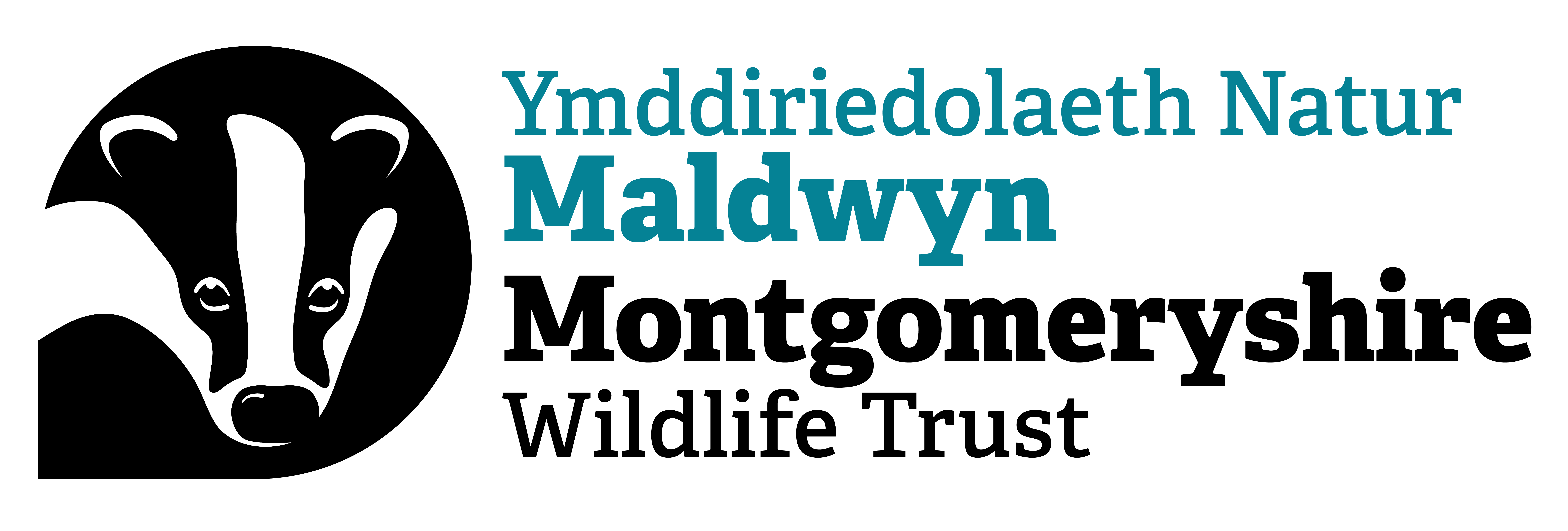Search
Chwilio
Brooklime
A fleshy herb of the wet margins of brooks, streams and ditches, Brooklime can be seen all year-round and provides shelter for tadpoles and sticklebacks.
Cynefin graig
Rocky habitats are some of the most natural and untouched places in the UK. Often high up in the hills and hard to reach, they are havens for some of our rarest wildlife.
Glaswelltir asidaidd sych yr ucheldir a glaswellt y gwaun
These grasslands, occupying much of the UK's heavily-grazed upland landscape, are of greater cultural than wildlife interest, but remain a habitat to some scarce and declining species.
Water figwort
Water figwort is a tall plant of riverbanks, pond margins, damp meadows and wet woodlands. Its maroon flowers are pollinated by the Common wasp.
Dolydd Gobaith- Meadows of Hope
Fferm Goedwig Gymunedol Dyffryn Tanat Valley Community Forest Farm Community Interest Company (CIC) was established in September 2020. Montgomeryshire Wildlife Trust have supported the group as…
Razor shell
Their long narrow shells are a common sight on our shores, especially after storms, but the animals themselves live buried in the sand.
Skullcap
The delicate, tube-like, violet-blue flowers of Skullcap bloom from June to September in damp places, such as marshes, fens, riverbanks and pond margins.
My kind of festival
Erin has spent 25 years connecting people and wildlife as part of Nottinghamshire Wildlife Trust’s team that delivers events and open days at sites across the county including the annual Skylarks…
Primrose
In mild years, the spring-flowering primrose can appear as early as December. Look out for its pretty, creamy-yellow flowers in woodlands and grasslands.
My mission
Megan is fascinated by the wide variety of British wildlife, particularly discovering what lives in the garden. She loves putting out the moth trap overnight and finding the moths in the morning.…
My passion
Chris is the Southern Reserves Manager at Nottinghamshire Wildlife Trust and leads a team of staff, wardens and volunteers in caring for our nature reserves in the South of Nottinghamshire. This…
